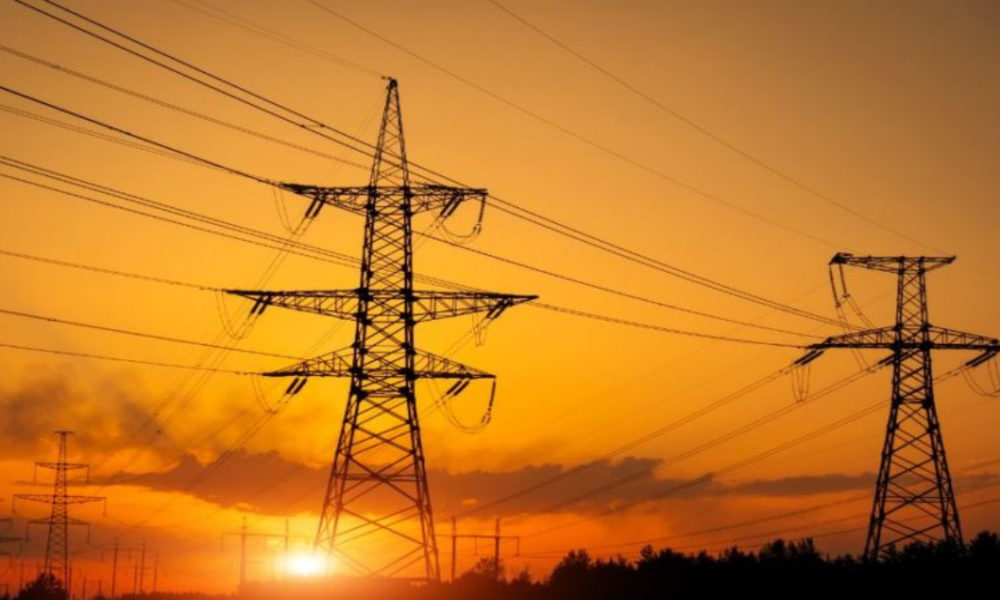Recently we have seen an unprecedented agitation over the new proposed Electricity (Amendment) bill, from the opposition and trade union which was proposed by the Government in the parliament. The bill was introduced by the Union power ministry. After such uproar bill has been referred to the Energy Standing committee for further consultation and scrutiny. We have seen in the past as well bills of such public importance have been referred to the parliament committees. It is worth mentioning here that under the Purview of Article 118(1) of the Indian Constitution Act, 1950 the provisions related to Parliamentary Standing Committees have been provided. This provision has been adopted from the British Parliament functioning, further the said articles talk about two types of Committees I.e.
Standing Committee & Ad Hoc Committee. These committees have great importance in matters related to policy-making, unanimity, and critique.
The main agitation from the opposition was that Union Government is breaching its promise given to SKM that this bill will not be introduced as it is claimed that if this bill gets passed it will end subsidies given to Farmers. The opposition further claimed that said bill is unconstitutional as it defeats the provision of federalism enshrined in the constitution.
Electricity is governed under the concurrent list of the 7 th Schedule of the constitution and for matters given under the concurrent list, every State government should be consulted before introducing any new policy. Currently, we have The Electricity Act 2003 which governs the generation, transmission, distribution, trading, and use of electricity in India. It should be highlighted here that the generation of electricity (except hydro) is an activity that doesn’t require a license, further the distribution, trading & transmission of electricity are licensed activities under the act. Currently, Central Electricity Authority is the regulatory body under the act, the said body advises the Government of India regarding the policies & safety
requirements for smooth functioning. The Act was first amended in the year of 2007 and introduced the concept of cross-subsidy with the aim of providing electricity to the poor section of society. Further 2014 bill couldn’t be passed in the parliament.
India is the third largest producer of electricity in the world and for the same reason, any change in policy making has an enormous impact not only on traders but on consumers as well.
The major highlights of the 2022 amendment are, that it aims to increase the competition in the market, by allowing more than one power distributor in an area to distribute the power and giving the discretion to the consumers to avail of the power supply from the distributor of their choice, additionally, it allows the power distributor to use the infrastructure of other suppliers as well. We have seen this approach in the telecom sector as well, where consumers have choices to avail themselves of the services from different service providers.
The second provision of the amendment deals with Rationalize power rates under which regulators would have to fix a minimum tariff ceiling and it would protect the interests of consumers. The bill provides a stipulated time of a maximum of 90 days for the grant of a power distribution license and it would ultimately end the red tapism.
The last major proposed amendment is aimed to improve compliance by providing regulators power to execute the orders as a decree of a Civil court. The bill further aimed to improve the functioning of the regulators, increase efficiency, and more accountability.
With these proposed amendments the private companies would be empowered for the distribution of power. It is claimed by the opposition that only Government distribution companies will have the universal power supply obligations the private companies may prefer to supply the electricity in only profit-making areas i.e. industrial and commercial consumers. it is further claimed by the opposition that power supply workers under the Government may lose their jobs in case of monetary losses to the Government Distribution companies.
It can be concluded that with such amendments a much more competitive market would prevail and the consumers would get the maximum benefit at the same time the onus is on the government to ensure the accountability of the private sectors in power distribution. A robust compliance mechanism is required in case of any dispute between the private distributors and consumers. Additionally, Government should also consider the fact that after the privatization of electricity in the United Kingdom the consumers have to pay more price for the electricity and it may happen in India as well. In a democratic country like India, it is essential that every policy-making and reform should take place after a healthy parliamentary debate on the floor of the house, It is worth mentioning here that each minute of parliament in sessions costs approx. 2.5 Lakh and this taxpayer money should not be wasted just for the sake of criticism with no logic and acumen behind that criticism.
The major highlights of the 2022 amendment are that it aims to increase the competition in the market by allowing more than one power distributor in an area to distribute power and giving the discretion to the consumers to avail of the power supply from the distributor of their choice. Additionally, it allows the power distributor to use the infrastructure of other suppliers as well. We have seen this approach in the telecom sector as well, where consumers have choices to avail of the services from different service providers.























